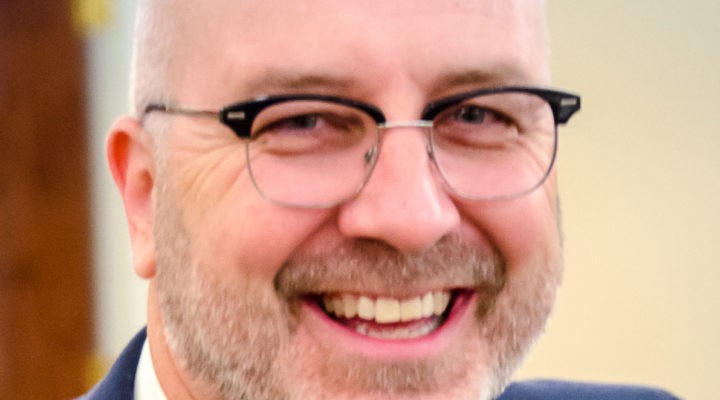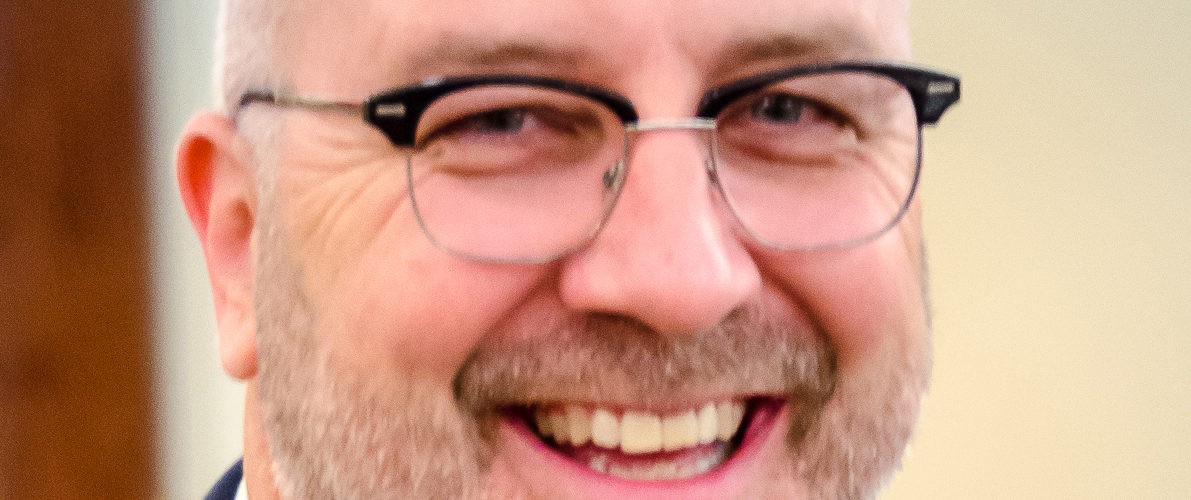Everyone knows America is a deeply divided nation: Trump supporters versus Trump critics, Republicans versus Democrats, traditionalists versus progressives, Yankees fans versus everyone else. But another deep divide is emerging in the midst of all this: The proper use of social media.
You can tell a lot about a person’s personality and demeanor by what they think about social media today. Fairly frequently, someone will post on Facebook: “Taking a break from Facebook for a while. Can’t take all the politics. See you in a few months.”
A recent conversation among trusted colleagues amplified the point. Some argued that it’s called “social” media for a reason: It should only be about social things, polite conversation and photos of daily life. Others argued that Facebook, Twitter, Instagram and the like have moved beyond their social origins to become a kind of town square for discussing and debating ideas. Some said social media provides an outlet to process feelings and express themselves. Most all said they struggle with knowing how much to say on social media that might elicit negative responses and how to deal with friends with whom they disagree.
Why is this such a greater problem in 2017? At least seven factors seem likely:
- More people are reading more news on social media. A 2016 report by the Pew Research Center found 62 percent of social media users get news via those social media platforms — up from 49 percent just four years earlier. Here’s a line from that report: “Facebook is by far the largest social networking site, reaching 67 percent of U.S. adults. The two-thirds of Facebook users who get news there, then, amount to 44 percent of the general population.”
- Media outlets are increasingly using social media. Chances are, you got to this post on the website Baptist News Global via social media. Typically, between 50 percent and 65 percent of all page views on BNG content pass through social media as a gateway. That is likely true of most major news outlets with an online presence, including major daily newspapers.
- Not all news is really “news.” Social media news, however, may not be balanced and may not even be legitimate. While mainstream media outlets with high journalistic standards (New York Times, Washington Post, for example) push out news via social media, so do all sorts of agenda-driven, profit-driven outfits with no journalistic standards. Added to that, social media “learns” what we like and easily can reinforce our own confirmation bias.
 There’s a lot to be said today. Never in our lifetimes have Americans been more riled up to speak their minds about important issues of the day. The natural outlet: social media.
There’s a lot to be said today. Never in our lifetimes have Americans been more riled up to speak their minds about important issues of the day. The natural outlet: social media.
- Some of us are conflict averse. A certain percentage of the population is, by nature, conflict averse. These are your friends who wistfully long for nothing but cat videos and posts about happy children and favorite recipes on Facebook. The emerging town square model of social media makes them most uncomfortable. If you follow the breakdown of the DISC personality analysis, this could be around 14 percent of the population, those who are firm “conscientious” personalities.
- Some of us like conflict. A certain percentage of the population, by nature, thrive on some level of conflict. These are your friends who love to debate any and all ideas, who will play devil’s advocate in a heartbeat and love to provoke you to move outside your comfort zone. They love the emerging town square model of social media because it extends their platform. Again from the DISC analysis, this could be up to 18 percent of the population, those who are firm “dominant” personalities and tend to have a preference for a “compete” conflict mode where there is a clear winner and a clear loser.
- The news cycle is moving fast. Out of the 2016 election cycle and with the dawn of the Trump administration, the American news cycle is moving at warp speed. Speaking as a trained journalist, never in my lifetime have I seen such major events appear in the news and then get overcome less than 24 hours later by even more major events. What we normally would have digested and discussed for weeks now has to be comprehended in a day or less.
Simply put: Social media now stands at the center of the kind of rapid change that we the people barely can comprehend. And since different personalities process information and respond to change in greatly different ways, it’s easy to blame the medium rather than the message. Or to blame the messenger rather than the message.
There’s no more efficient way to disseminate information today than social media. It’s fast, has broad reach and is free. But if we’re going to have conversations that matter, we need to find ways to move beyond the screen to talk with each other.
Disagreements we have about the proper use of social media may mask the real challenges of our day. And that especially puts people of faith — and clergy in particular — in a tough spot. Instead of being solvers of conflict, we may take on the appearance of creating conflict just by being messengers of important information.
Conflict can be good. It can surface problems when they arise, and it can deepen and improve relationships as we seek to resolve conflict. The best part of conflict is naming the challenges before us. And that’s exactly what so many are trying to do through social media today: “Look at this! You need to know this!”
Communication is essential to resolving conflict. Some studies have shown in a typical “communication interaction,” we get 55 percent of the meaning from non-verbal cues, 38 percent from tone, and only 7 percent from the actual words. With its heavy focus on words, social media is missing 93 percent of the way people make meaning from their communications. That’s likely one of the reasons Facebook prioritizes photos and videos in its algorithm that determines what you see in your news feed.
There’s no more efficient way to disseminate information today than social media. It’s fast, has broad reach and is free. But if we’re going to have conversations that matter, we need to find ways to move beyond the screen to talk with each other. Who is willing to host those conversations?



